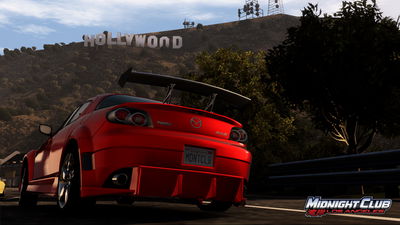The VW XL Sport Was The Ultralight Sports Car We Deserved

Weight is the foe of many good things in cars: fun things, like handling and acceleration, and boring but important things, like fuel efficiency and wear and tear. Generally, the lighter a car is, the better – not that that’s something today’s consumers seem to care about as they buy enormous SUVs in their droves. Someone who did understand, though, was the late VW Group chairman, Ferdinand Piëch.
Piëch oversaw VW with a singular vision and stubborn determination that led to the creation of money-no-objects products like the Bugatti Veyron and VW Phaeton. Alongside those displays of engineering might, though, he harboured a long-held desire to build a ‘1-litre car’ – that is, a car capable of travelling 100 kilometres on one litre of fuel. That, in old money, equates to 280mpg.
After a decade of development work, prototypes and concepts, Piëch’s vision was realised in 2013 with the VW XL1. A diminutive, teardrop-shaped, butterfly-doored coupe powered by a diddy mid-mounted 800cc two-cylinder diesel engine and a little electric motor, it achieved its goal, with a quoted MPG figure of 313. Matt and Alex have been driving one of the 250 made on the Car Throttle YouTube channel, and as they discovered, it was pure Piëch, a car produced not to make money, but to prove that something was possible.
That could have been the whole XL1 story – a fascinating footnote in VW’s history – were it not for the fact that VW subsidiary Lamborghini had acquired Italian bike manufacturer Ducati in 2012. Not long after the XL1 entered production, rumours emerged that a sports version was in the works that would combine its ultralight construction with a Ducati powertrain.

The electric blue result was rolled out at the 2014 Paris Motor Show. Called the XL Sport, it was far wider, longer and altogether meaner-looking than the friendly sci-fi robot XL1. It still had a two-cylinder engine, but one nothing like the original’s 47bhp diesel. Instead, it was the 1158cc, 197bhp V-twin from the Ducati 1199 Superleggera, the most powerful two-cylinder bike in the world at the time. Hooked up to a seven-speed DSG, it would rev all the way out to 11,000rpm. The electric motor was gone, too.
Then and now, 197bhp was hardly huge power for a mid-engined sports car, but the XL Sport’s other talent was its weight, or rather, lack thereof: it was just 890kg, thanks to a body and chassis incorporating plenty of carbon fibre. VW claimed the car would hit 62mph in 5.7 seconds.

Underneath, it had double-wishbone suspension all around, with a racing-style pushrod setup at the back. Forged magnesium wheels were wrapped in high-performance rubber, which was now 265-section at the back rather than the XL1’s scooter-like 145-section rears.
Inside, the XL Sport retained the staggered seating layout that the XL1’s narrow cabin necessitated, but was given a sporty makeover. The seats were retrimmed in Alcantara, the instrument cluster was replaced with a motorsport-spec digital unit, and there was lots of carbon fibre and aluminium. The absolute best bit, though, was the wooden DSG gear selector. A nod to the Porsche 917 and Carrera GT? Who knows, but it was excellent.

At one point, it seemed the XL Sport was tantalisingly close to getting greenlit for a limited production run, but less than a year after it was unveiled, in September 2015, VW suddenly decided that slightly frivolous, big-money projects were to be avoided for a while. We’re not sure why…
As a result, we were cruelly denied what would have been one of the most fascinating, visionary sports cars ever made. Arguably, some of its spirit lives on in the superb Alpine A110, but that car’s weakest link is probably its slightly uninspiring Megane-derived powerplant. It’s sad to think that just a couple of years earlier, we could have had something even lighter and smaller, all topped off with some high-revving superbike heroics.
Now, as the idea of a three-tonne passenger car becomes worryingly normal, we need things like the XL Sport more than ever to remind us that sometimes, less is definitely more.















Comments
No comments found.